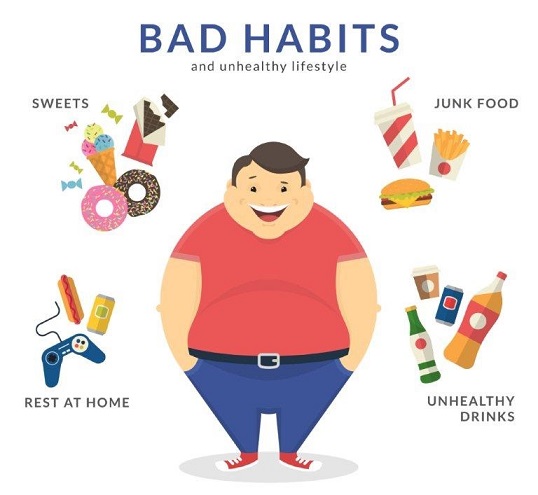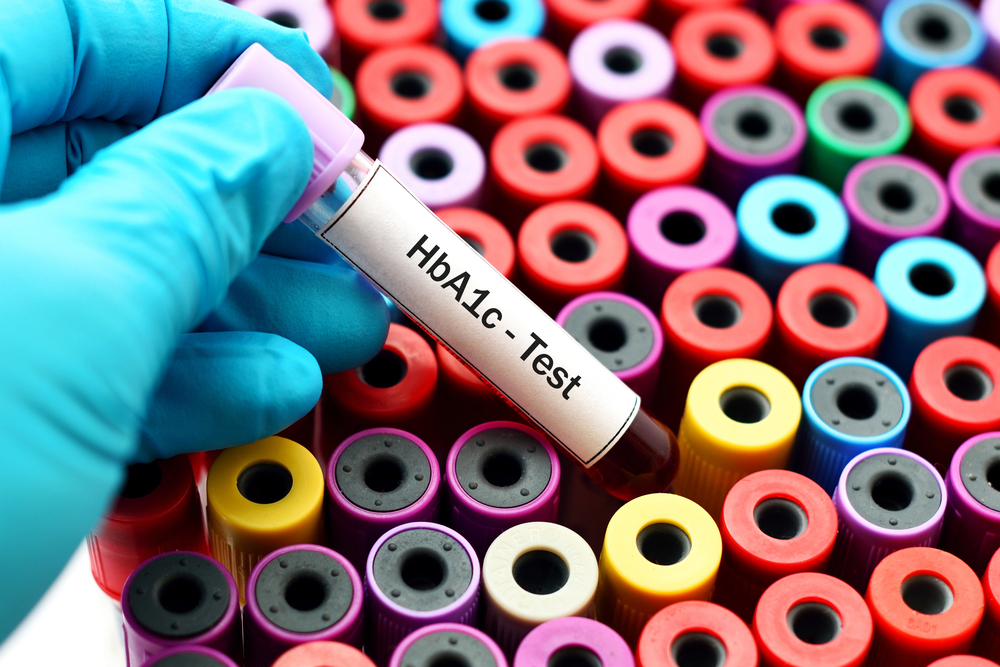Managing Cataracts with Diabetes: Tips for Clearer Vision

The World Health Organization identifies cataracts as one of the principal causes of vision impairment worldwide, impacting approximately 94 million individuals. Diabetes is a risk factor leading to the development of cataracts, which makes managing diabetes and cataracts vital for eye health.
This article will navigate the intricacies of managing cataracts caused by diabetes, underscoring the critical role of vigilant eye care and glucose regulation. It also detects strategies for prevention, timely detection, and practical advice for adapting to life with cataracts and diabetes to enhance the quality of life and vision health.
What are cataracts?
Cataracts develop when the lens inside the eye becomes clouded, impairing vision. This cloudiness may occur due to changes in the lens fibre and protein or sugar accumulation in the lens. When the lens becomes cloudy, light does not enter the eye, altering the clarity of vision. Symptoms to be aware of include:
- A general reduction in sharpness of vision.
- Increased difficulty with low light conditions.
- A noticeable glare or halos around lights.
Since sugar accumulation in the lens is a primary cause of cataracts, people with diabetes are predisposed to developing cataracts at a younger age.
Does diabetes cause cataracts?
Diabetes mellitus significantly heightens the risk of developing diabetic cataracts, where the eye’s lens clouds over, obscuring normal vision. This clouding is due to elevated blood sugar levels, typical of diabetes, leading to lens swelling and sorbitol accumulation, further disrupting the lens’s clarity. Such biochemical changes are specific to cataracts and diabetes mellitus, distinguishing them from common age-related cataracts.
The connection between diabetes and cataract formation underscores the importance of diabetes and cataract management in preserving eye health.
How to prevent diabetic cataracts?
Preventing diabetic cataracts involves a multifaceted approach focused on meticulous diabetes management and lifestyle modifications. Controlling blood sugar levels is paramount to minimizing the risk of cataract formation. Here are strategies that can contribute to effective cataract management:
- Maintain Blood Glucose Levels: Keeping blood sugar within the recommended range can reduce sorbitol accumulation in the lens.
- Healthy Diet: A balanced diet rich in vegetables, fruits, and antioxidants can help mitigate oxidative stress, a contributing factor to cataract development.
- Regular Exercise: Physical activity aids blood sugar regulation and reduces the risk of complications associated with diabetes, including cataracts.
- Medication Adherence: Consistently taking prescribed diabetes medications as directed helps control blood sugar and thereby reduces the risk of cataracts.
- Eye Exams: Routine eye examinations are crucial for the early detection of cataracts, allowing for timely intervention and prevention of progression.
- Protect Eyes from UV Light: Wearing sunglasses that filter out UV light can protect the eyes from sun-related damage, a risk factor for cataract development.
- Avoid Smoking: Smoking can exacerbate oxidative stress and the formation of cataracts.
How to live with cataracts and diabetes mellitus?
The management of diabetes and cataracts requires a comprehensive approach that combines modern surgical techniques with lifestyle adjustments to ensure the best quality of life for those affected. Living with cataracts and diabetes mellitus necessitates proactive measures and support:
- 1. Non-surgical management: Non-surgical options include stronger eyeglasses, magnifying lenses, and improved lighting. When these are insufficient, cataract operations for diabetic patients may be recommended by healthcare providers.
- Surgical options: Cataract surgery involves replacing the clouded lens with an artificial one. Surgery decisions are influenced by the patient’s vision needs and potential damage to the retina due to elevated sugar levels.
- Enhanced Lighting: Brightening living areas with targeted lighting can help reduce eye strain.
- Glare Reduction: Modifying interiors to diminish glare and using sunglasses outdoors can improve visibility.
- Increased Contrast: Implementing colour contrasts in household items can aid in better visual differentiation.
- Utilisation of Assistive Devices: Adopting magnifiers and large-print items can help with reading and delicate tasks.
- Home Safety Measures: Arranging a clutter-free and well-organised home environment is key to preventing falls.
- Community and Technology Support: Connecting with support networks and using technology designed for vision impairment can assist in daily activities.
Regular eye health monitoring and consistent communication with healthcare providers are essential for managing the risk of diabetic cataracts.
FAQs
1. Can lifestyle changes prevent cataracts from getting worse?
While cataracts cannot be reversed without surgery, lifestyle changes such as quitting smoking, controlling blood sugar levels, wearing UV protection outdoors, and maintaining a diet rich in antioxidants can slow their progression.
2. How often should diabetic patients get eye exams to monitor for cataracts?
Diabetic patients should have comprehensive eye exams at least once a year, or more frequently if recommended by their eye care professional, to monitor for cataracts and other eye-related complications.
3. When should a person with diabetes consult a doctor about cataracts?
Individuals with diabetes should consult a doctor if any changes in their vision, such as blurring, dimming, or difficulty with night vision, are noticed, as these can be signs of cataract development.














